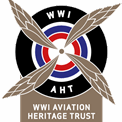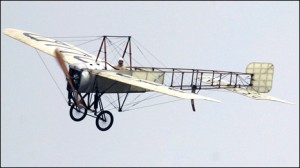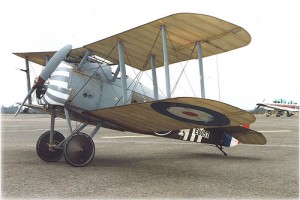With thanks to Ray Rimell
The Story of the Evolution of Military Aviation
When the British Expeditionary Force deployed to France in August 1914, the Royal Flying Corps contingent comprised four squadrons equipped with a mixed complement of over 40 machines. It took three days for them all to cross the English Channel – a mere six years after Louis Blériot’s first historic flight. By the end of ‘The Great War’, there were over 22,000 Royal Air Force aeroplanes serving with 188 squadrons. The pace of the war had seen aircraft of all combatants develop from frail ‘spotters’ to high performance fighters and enormous multi-engined long-range bombers. The pilots, their training, and the leap in technical breakthroughs (such as the forward-firing synchronised machine gun) all led to rapid evolution of tactics and competing technologies that influenced the ebb and flow for control in the air between the Allies and the Central Powers. This continual development and counter-development, when combined with the courage and determination of fliers from all nations, provides the thrust of a truly remarkable story which unfolds in each year of the Great War Centenary…


